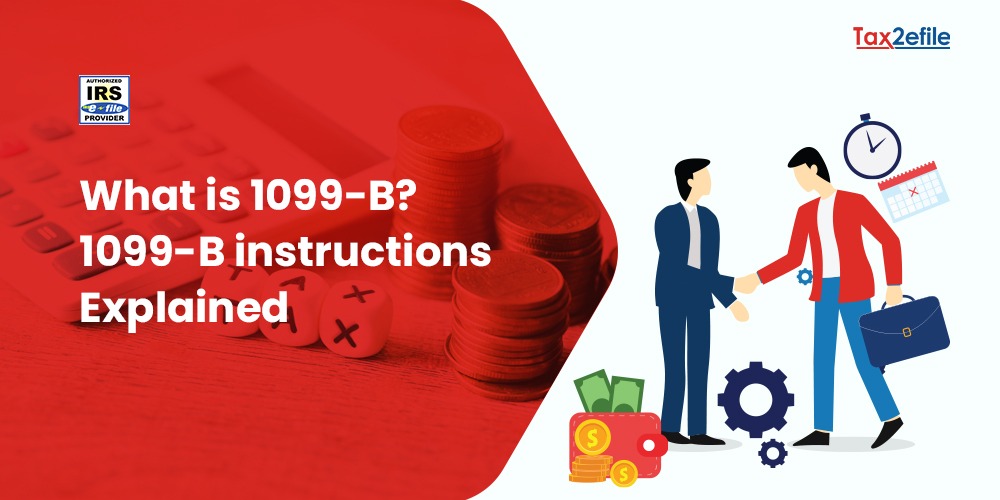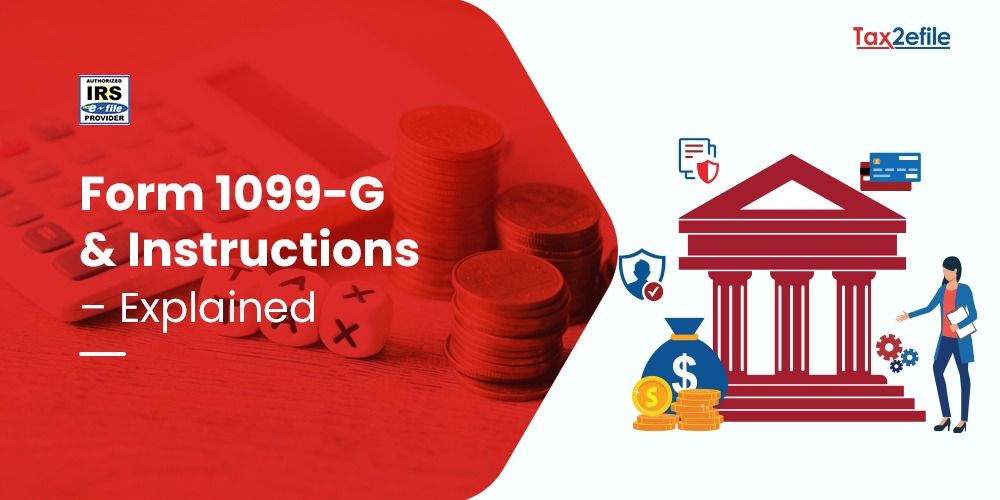- May 8, 2020
Corona virus Aid, Relief and Economic Security Act (CARES Act) has sent the Economic Impact payment to most of the Americans, by this time. Still, the Internal Revenue Service calculates the impact and prepares to send the payments to the eligible persons. But, certain individuals need to send some additional information to the IRS in order to receive their payment. Hence, in this blog let us discuss some of the most frequently asked questions that are relevant to the payments.
FAQs about EIP?
- Who can get / eligible to receive the economic impact payment?
A person with gross income up to $ 75,000 (individuals) and up to $ 150,000 (married couples filing jointly) may get the full payment. For the tax filers whose income is more the above slab, may receive the reduced payment $ 5 for $ 100 each above $ 75,000 / $ 150,000 thresholds. Single tax filers whose income is more than $ 99,000 and $ 198,000 (joint tax filers) without children are eligible.
2. How much amount will I receive?
For the tax filers who filed the tax returns for the tax year 2018 or 2019 will receive the economic impact payment of about $ 1,200 for the individuals or $ 2,400 for the married couples. Parents will get about $500 for each child who is qualified to receive.
3. Where will the payment sent? Or How the IRS knows where the payments to be send?
The IRS will use the previously filed information of the tax filers to calculate the economic impact payment and deposit the calculated amount directly to the same bank account from which the tax returns has been filed.
4. What can I do when the IRS do not have my direct deposit information?
In the forth-coming days the Treasury has the plan to provide a web-based portal for the citizens to update their bank account information to the IRS. Hence the payment can reach the individuals immediately.
5. Will I receive the payment even though I was not required to make the tax return filing?
Yes, you will receive the payment. In order to receive the payment, you need to do a simple tax return. Senior citizens, some veterans, low-income taxpayers, social security recipients and the persons with disabilities who are not needed to file a tax may not owe tax.
6.How can I do the tax filing that is required to get the economic impact payment?
IRS will soon update the information related to 2019 tax return filing. This 2019 tax filing will be simple and informative that may contain the information of dependents count, filing status and the direct deposit bank account information.
7. May I receive the economic impact payment though I didn’t file the tax return for the tax year 2018 or 2019?
Yes. You can receive the economic impact payment even though you didn’t file the tax return for the previous year. But the tax filers must have provided the direct deposit banking information.
8. How long the economic impact payment is available?
The economic impact payment is available throughout the year 2020.
9. Where can I find more information related to this payment?
Visit the Internal Revenue Service (IRS) site for more information related to the payment. Click here.


